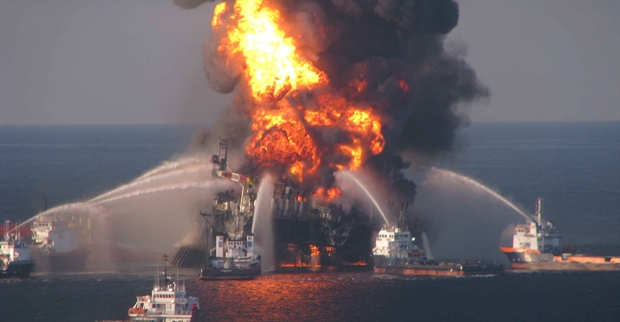Preventing Human Error in High Risk Environment

“To err is human” – Alexander Pope
Current plant operational experience has demonstrated that human error is a key contributing factor to operation inefficiencies, damage and plant accidents. Organisations have tried to improve plant operation and safety by placing emphasis on approaches to prevent the occurrence and limit the effects of human error.
By addressing human errors, organisations can: –
- Reduced the chances of safety challenges
- Increased capacity factors and production
- Lower operations and maintenance cost
- Increased tolerance of operational errors
- Increased assurance for protection of plant investment
Operational experience and industry studies have consistently proven that human error is one of the key contributing cause of industrial accidents, impeding attempts of improving operations. It is important for organisations to recognise that human failure is not random, and in fact, is systematically linked to the tasks that people perform, the equipment they use, and the characteristics of the work environment.
The Buncefield accident that occurred in 2005 is a classic example of how human factors had resulted in failure in all levels in the organisation. At Hertfordshire oil storage facility in England, a series of explosions occurred, with 43 injured, hundreds of people had to be evacuated and severe damage to the vicinity. The accident occurred because the manual level gauge that was supposed to shut off the inflow of petrol over a specific set point was stuck. Petrol escaped through vents in the top of the tank, forming a vapour cloud, which eventually exploded. The level gauge had been stuck intermittently over the previous months, and the trip switch was not locked in position to enable the check lever to work.
Investigations of the accident had revealed several inadequacies in the operation process: –
- Operators were given insufficient pipeline information to properly manage the storage of incoming field and are unable to identify the potential of accidents
- Poor design of the control room
- Safety issues was not prioritised, the management is more concern about production
- The emphasis on production prompted an increase in the pressure and complexity of operators’ tasks
- Overworking of staff as a result of staff shortages
- Unstructured training of relevant personnel
- And many more…
Human failures can be reduced through a proactive implementation of a structured risk assessment process. The Energy Institute had outlined a seven step process of Safety Critical Task Analysis.
Step 1 – identify main hazards (from safety assessments/reports)
Step 2 – identify critical tasks (to prioritise the effort)
Step 3 – understand the tasks
Step 4 – represent critical tasks
Step 5 – identify human failures
Step 6 – determine safety measures to control human failures
Step 7 – review effectiveness of process
Steps 1 and 2 are known as safety critical task identification. Whenever a task is identified, a set of questions will be used to rate the task from low to high priority, adopting a specific safety criticality score. The questions are developed on the basis of the hazards involved, key concerns relating to major accidents, how human interaction can cause accident, and weaknesses in the prevention system. Steps 3 and 4 allow personnel to understand tasks in more detail, in order for them to implement the best systematic human error and reduction prediction approach.
Human failures can occur at any stage of operation, not limiting to the front line operations. They should be considered both reactively in incident investigation and proactive structured risk assessment process.
Developing Error Tolerant Systems in High Risk Environments that will provide relevant personnel with the practical skills and understanding of error tolerance that will improve organisational safety performance. They will also learn how to implement practical systems that identify, manage and prevent human errors in any workplace. For more information, please visit us at http://www.opuskinetic.com/training or contact us at info@opuskinetic.com
Opus Kinetic believes that people are why organisations are successful, and giving people the knowledge to perform well at their job is integral for success. We pride ourselves as the premier provider of knowledge, offering acclaimed in-house training, leadership training courses, oil and gas training courses, courses that target health safety and environment, etc. Our training courses are well researched and updated with the latest industry trends. For more information on our professional training programs, you can visit us at http://www.opuskinetic.com/training.

